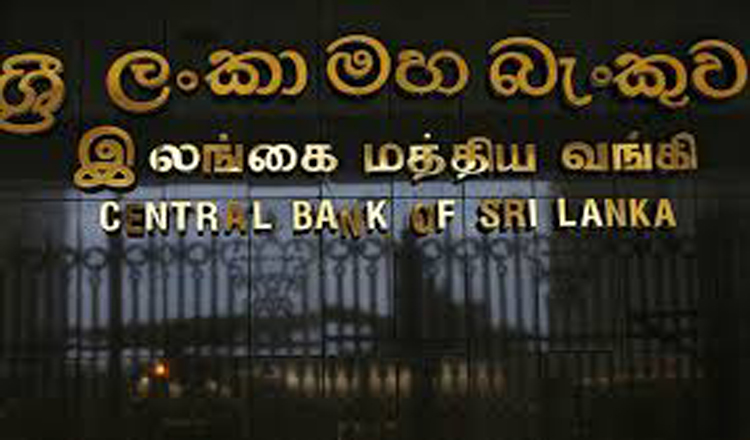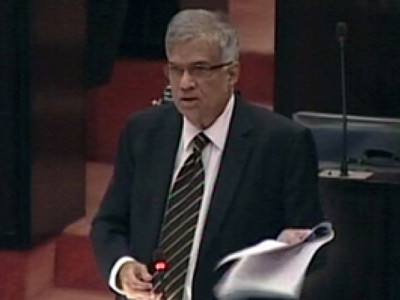(COLOMBO, LANKAPUVATH) –Sri Lanka Central Bank’s Monetary Board has decided maintain policy rates and reduce the Statutory Reserve Ratio (SRR), the commercial banks’ deposit requirement to boost economic growth.
The Monetary Board has decided to reduce the Statutory Reserve Ratio (SRR) applicable on all rupee deposit liabilities of commercial banks by 1 to 5 percent with effect from 01 March 2019.
The Board also decided to keep the policy interest rates of the Central Bank unchanged at their current levels, and accordingly, the Standing Deposit Facility Rate (SDFR) and the Standing Lending Facility Rate (SLFR) of the Central Bank will remain at 8.00 percent and 9.00 percent, respectively.
The Central Bank said the Board arrived at this decision following a careful analysis of current and expected developments in the domestic economy and the financial market as well as in the global economy, with the broad aim of stabilizing inflation at mid-single digit levels in the medium term to enable the economy to reach its potential.
According to the Central Bank, the available leading indicators and current projections suggest that Sri Lanka’s real economic growth will continue to remain subdued during the fourth quarter of 2018 as well, and economic growth in 2019 is also expected to be modest.
The economy is expected to gradually reach its potential in the medium term benefitting from the low inflation environment, competitive exchange rate and appropriate policies to support investment.
However, the inflation outlook remains favorable in the medium term and domestic supply side developments are expected to be favorable in the period ahead. Projections indicate that inflation is likely to remain in the desired 4-6 percent range in 2019 and beyond.
External sector however, has witnessed some improvements so far in 2019 amidst challenging global economic conditions, the Bank said.
The trade deficit was contained significantly in November and December 2018 due to the policy measures adopted by the government and the Central Bank to curtail motor vehicle and non-essential goods imports.
The noticeable growth of earnings from tourism continued to support the current account of the balance of payments (BOP), although workers’ remittances recorded a marginal decline in 2018.
Foreign investments to the government securities market recorded a net inflow thus far during 2019 while the rupee strengthened somewhat underpinned by net inflows to the government securities market and the slowdown in imports along with changing global financial conditions.
Meanwhile, Sri Lanka met the scheduled repayment of the maturing International Sovereign Bond of US dollars 1 billion in January 2019.
By end January 2019, gross official reserves stood at US dollars 6.2 billion, which was sufficient to finance 3.4 months of imports.
Accordingly, the Monetary Board has concluded that the continuation of the current neutral monetary policy stance is appropriate.




